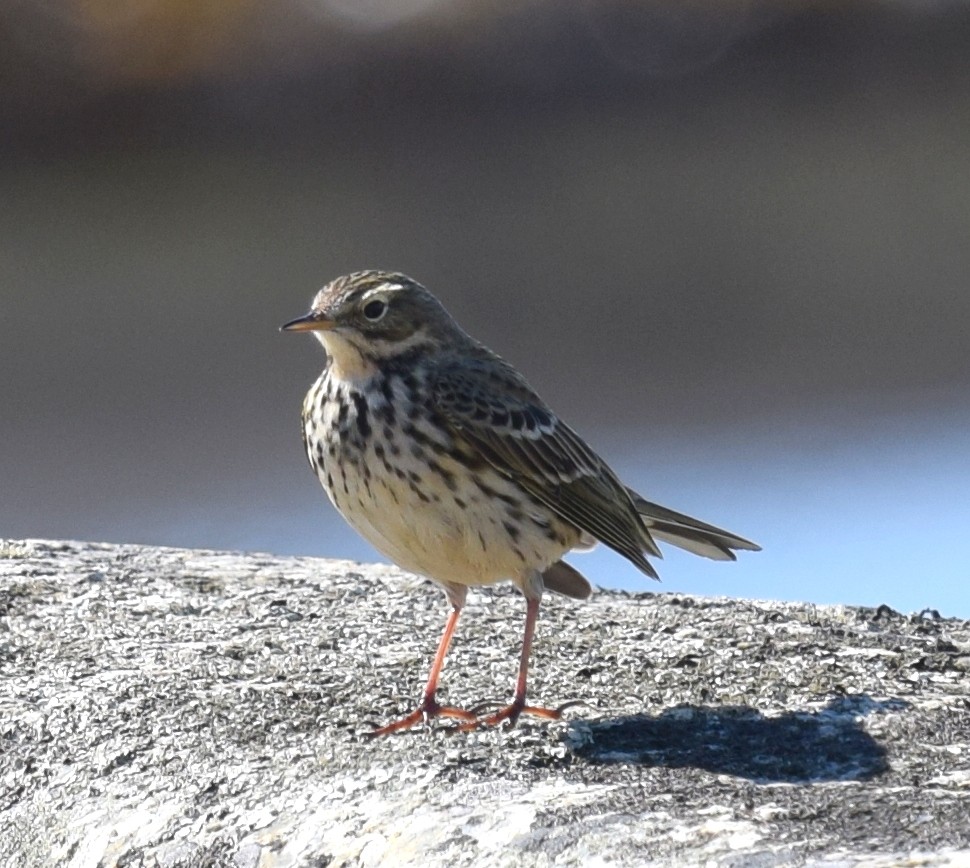Meadow Pipit
A species of Pipits Scientific name : Anthus pratensis Genus : Pipits
Meadow Pipit, A species of Pipits
Botanical name: Anthus pratensis
Genus: Pipits
Content
Description People often ask General Info
 Photo By Arnstein Rønning , used under CC-BY-SA-4.0 /Cropped and compressed from original
Photo By Arnstein Rønning , used under CC-BY-SA-4.0 /Cropped and compressed from original Description
Emitting a high cry sounding like “sip” or “pip” to the human ear, the meadow Pipit’s habitat and cry are the best methods of separating the small bird from others in the genus. During the winter, the bird becomes social and gathers in flocks as they search the meadows for small insects.
Size
15 cm
Life Expectancy
8 years
Nest Placement
Ground
Feeding Habits
Meadow Pipit's diet primarily consists of insects, invertebrates under 5 mm, and, in winter, seeds of grasses and crowberry berries. Their feeding behaviors involve active foraging and hunting for small prey.
Habitat
The meadow Pipit thrives in open habitats such as grasslands, including pastures, moorlands, and bogs, and is often found in peatlands of Northern Europe. These areas typically feature sparse vegetation and minor agricultural disturbance. They inhabit elevations from sea level to 3000 meters, favoring 800–1600 meters altitude in southern areas. In winter, they may also occupy coastal saltmarshes and sporadically open woodlands.
Dite type
Insectivorous
People often ask
General Info
Feeding Habits
Bird food type
Sounds
Call
Recording location: Belgium
Song
Recording location: Netherlands
Song
Recording location: Netherlands
Distribution Area
It is an abundant species in the north of its range, and generally the commonest breeding bird in most of upland Britain, but less common further south. There are a small number of isolated breeding records from south of the main range, in the mountains of Spain, Italy, and the northern Balkans. There has been a general decline in the population over the past 17 years, most notable in French farmland, with a 68% drop. 
Species Status
Not globally threatened.